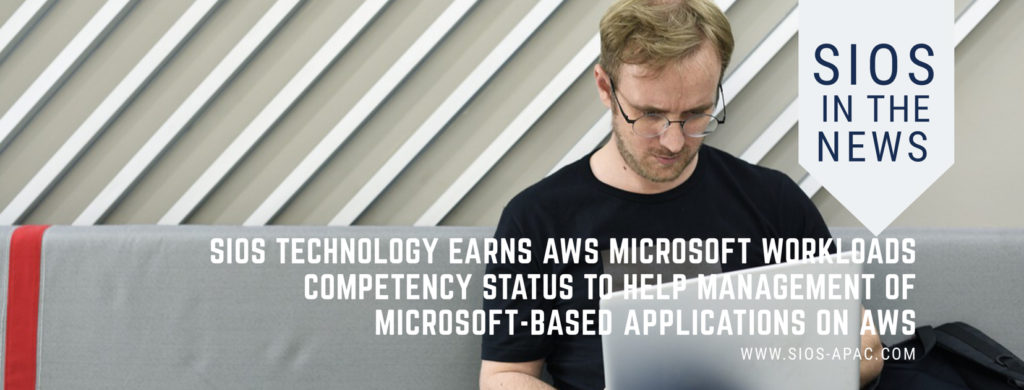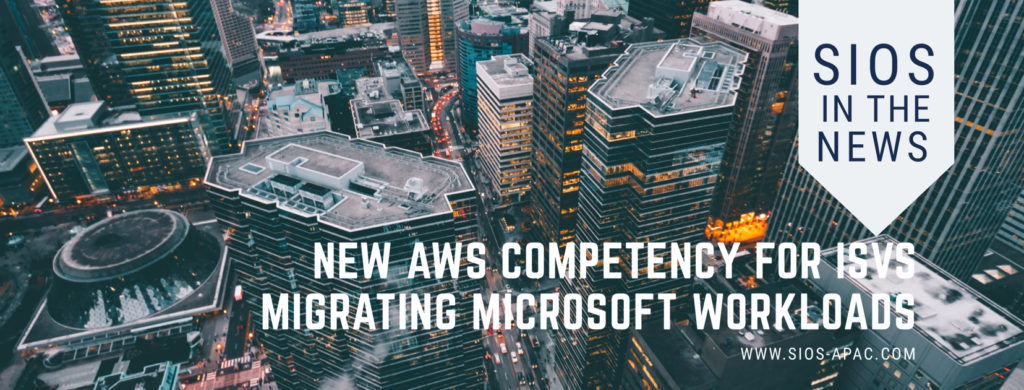High Availability and Disaster Recovery for SQL Server in Azure IaaS
Speaker: Jason Aw
Duration: 60 minutes
Level: Beginner
Track: Application, DBA and Database Development
The CEO just tasked you with moving all the SQL Server instances to Azure, or maybe you are deploying a brand new application and want to leverage Azure IaaS to host SQL Server. Beyond security and performance, your most pressing concern might be ensuring SQL Server running in Azure is highly available.
While on-prem high availability and disaster recovery options for SQL Server are well defined, moving those instances to Azure immediately presents some questions and challenges. Can I simply lift and shift my SQL Server Failover Cluster Instance to the cloud? Do I need to upgrade to SQL Server Enterprise Edition and us Always On Availability Groups? What about shared storage and failover clustering? What about disaster recovery, what are my options there? Load Balancers, Fault Domains, Availability Zones, Azure Site Recovery and Region Pairs, what are these things and why do they matter to me?
High Availability and Disaster Recovery professional Jason Aw with 20 years of experience explains all this and more in detail.
Accompanying Material



